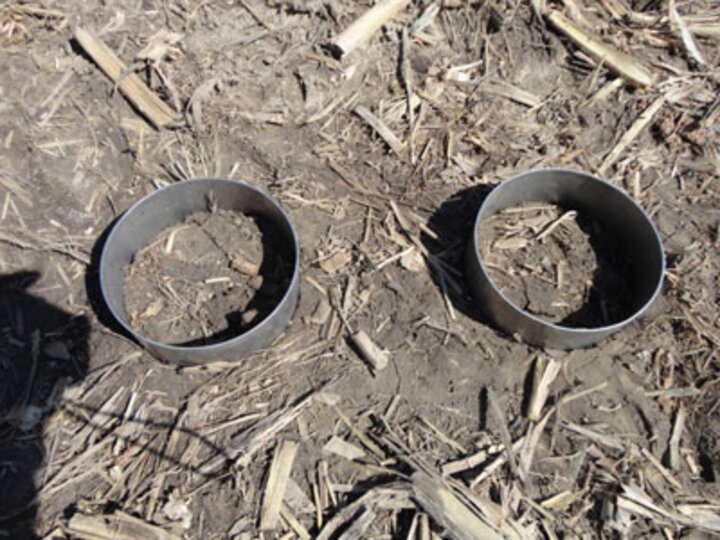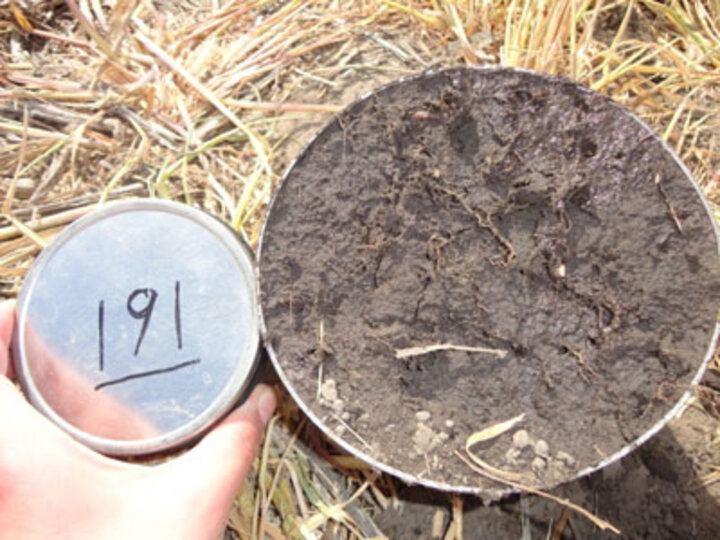


Figure 1. Different cover crop mixes can have substantially different impact(s) on soil quality and physical properties.

Researchers at the University of Nebraska-Lincoln are entering their third year of studies on how cover crops affect soil quality (health), water balance, evapotranspiration, and crop coefficients.
Through a $1 million USDA-NRCS grant, UNL Water Resources Engineer Suat Irmak and his research team have been conducting trials in multiple fields since 2012. This research will help identify quantifiable, predictable, and actionable relationships between cover crops and related management practices and between cover crop growth and termination timing for maximum soil fertility and water availability for the following growing season.
Fields include seed corn/cover crop and field corn/cover crop rotations. The cover mixes include Ethiopian cabbage, common vetch, hairy vetch, crimson clover, Sudan grass, millet, radishes, winter pea, rapeseed, turnips, cereal rye, sorghum Sudan, and oats.
In addition to cooperator fields, a long-term cover crop research facility is being established at IANR's South Central Agricultural Laboratory near Clay Center. SCAL research sites will be equipped with advanced instrumentation and enable Irmak to research unique relationships of how individual cover crops impact soil quality and water availability dynamics.
Quantifying Water and Soil Impacts of Cover Crop Systems
Practitioners have suggested multiple benefits of cover crops, including decreased field crop input requirements, improved soil quality (soil health), and better functioning of ecosystems. Cover crops are frequently recommended to improve soil health for field crop production because they have the potential to:


- increase residue cover and reduce soil evaporation,
- increase soil organic matter content,
- improve soil structure and reduce compaction,
- increase or reduce loss of soil nitrogen and other nutrients through biological fixation and redistribution in the soil profile,
- increase water infiltration rate,
- decrease run-off and wind and water erosion potential,
- reduce weed and pest pressure,
- promote biological diversity,
- and provide supplemental grazing.
These potential cover crop benefits can vary significantly, depending on soil properties, climate and weather, management practices, and other factors. Our goal is to quantify impacts through long-term field research.
Further study of the relationship between cover crops and surface water balance shows how cover crops have demonstrated direct and indirect modifications of soil water-holding capacity and soil water availability for crop production. Directly, cover crops remove water from the soil profile. Indirectly, they can increase infiltration and water-holding capacity of the soil through deposition of residue cover and subsurface root proliferation and decomposition, especially in conjunction with minimal tillage systems. This process can increase organic matter, soil organic carbon, and soil aggregates and reduce compaction; however, these increases will be a function of interactions of climatic conditions, soil moisture dynamics, management practices, and the cover crop species used. The efficiency of cover crops in improving soil water-holding capacity and soil water availability for future crops also depends on how much water the cover crop uses during its growing season.

While the benefits of cover crops for soil quality and field crop production have been described, mostly qualitatively, and incorporated into agricultural management guides and recommendations, the degree to which cover crops affect soil quality and crop production has not been sufficiently quantified and cannot be readily predicted. Water use and associated hydrologic balances of cover crop systems are essentially unknown.
Through this long-term field research project, extensive data from multiple cover crop fields is being collected and analyzed in an effort to develop innovative cover crop recommendations and refine predictions of cover crop impacts on soil quality, water use, crop coefficients, and hydrologic balance components.
Based on this work, a practical tool (most likely decision-aid support software) will be developed for use by NRCS field engineers and agency personnel for training and education and by farmers to make more informed decisions about cover crop use.
Acknowledgement
I'd like to express my appreciation to Doug and Dave Cast for their excellent cooperation in this research project.
Suat Irmak
Soil and Water Resources and Irrigation/Water Management Engineer
